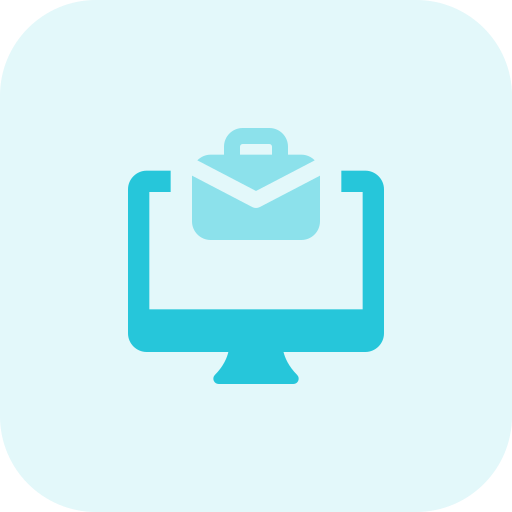Building a comprehensive and engaging technical portfolio is a crucial step towards professional success. A well-crafted portfolio serves as a window into your skills, expertise, and achievements, showcasing your proficiency in various technical domains.
A thoughtfully curated portfolio allows you to stand out among the crowd, capturing the attention of potential employers, clients, or collaborators.
This collection of projects, code samples, and documentation not only demonstrates your proficiency in various technologies but it also reveals your problem-solving abilities and creative thinking.
Why do you need to build a technical portfolio?
Your technical portfolio is your digital signature; an invaluable asset that can open doors to exciting opportunities, ultimately propelling your career to new heights.
It is a powerful tool that showcases your skills and expertise through completed projects and challenges, effectively demonstrating the practical application of your knowledge.
A well-curated portfolio sets you apart during interviews because it features successful projects, innovative solutions, and noteworthy achievements, thereby showcasing your problem-solving abilities, which are highly valued by employers and clients.
Moreover, it serves as a comprehensive record of your professional growth, encompassing personal and professional projects and emphasizing your commitment to continuous learning.
Additionally, your portfolio acts as a valuable learning tool, fostering continuous growth by revisiting past projects, identifying areas for improvement, and setting new goals.
Here are ten essential tips to help you build a great technical portfolio:
- Choose a Platform
First and foremost, your tech portfolio is more than just a collection of projects; it’s a representation of your skills and achievements.
Thus, choosing the right platform to host your portfolio is paramount, as it directly influences how potential employers, clients, or collaborators perceive your work.
Fortunately, you have several options at your disposal. You can create a personal website or utilize portfolio platforms like GitHub or Behance.
2. Define Your Focus
To begin with, defining your focus allows you to showcase projects that align with your career goals or a specific tech field you want to work in.
Moreover, it enables you to demonstrate a deeper understanding of specific subjects and emphasizes your expertise in those areas, making you more appealing to companies or clients seeking specialized skills.
3. Showcase Your Best Work
In this regard, it’s crucial to choose projects that demonstrate your technical abilities and align with the type of work you want to pursue.
Remember, quality matters more than quantity, so focus on showcasing your most impactful and relevant projects.
4. Provide Project Details
For each project, include a brief description that highlights its purpose, your role, the technologies used, the challenges faced, and the results achieved.
This information helps potential employers or clients understand the context and value of your work.
5. Use a Variety of Project Types
Diversifying your portfolio is essential; include a diverse range of projects to demonstrate versatility.
For example, you could include personal projects, freelance work, open-source contributions, or projects from your previous work.
By doing this, you show that you can adapt to different contexts and work on various types of projects.
6. Include Code Samples
Additionally, including a diverse set of code samples from different projects can show your versatility and adaptability as a developer.
Furthermore, a portfolio with well-documented, readable, and organized code reflects your code quality and best practices, leaving a significant impression on potential employers or clients.
You’ll find GitHub an excellent platform for hosting your code repositories.
7. Highlight Your Contributions
In case you have collaborated on open-source projects or contributed to the tech community, mention these contributions in your portfolio and explain your role and the impact of your contributions.
Doing this demonstrates your willingness to learn, collaborate, and share your knowledge with others.
8. Include Documentation and Write-ups
If you’ve written documentation, tutorials, or blog posts related to your projects, link them in your portfolio.
By doing so, you demonstrate your ability to communicate technical concepts effectively.
9. Include Testimonials and Recommendations
To further enhance your credibility, testimonials and feedback can provide evidence of your skills and work ethic.
If you’ve received positive feedback or recommendations from clients, colleagues, or supervisors you’ve worked with, include them in your portfolio.
10. Seek Feedback
Before finalizing your portfolio, seeking feedback from colleagues, mentors, or industry professionals is highly beneficial.
They can provide valuable insights and suggestions to improve your portfolio.
Conclusion
In conclusion, remember that your technical portfolio is a representation of your work and capabilities, so take the time to make it professional, polished, and tailored to your strengths.
Additionally, it’s an ongoing project that evolves with your career, so remember to keep it updated as you gain new skills and complete more projects.
Lastly, don’t be afraid to let your skills shine and demonstrate your passion for technology.










